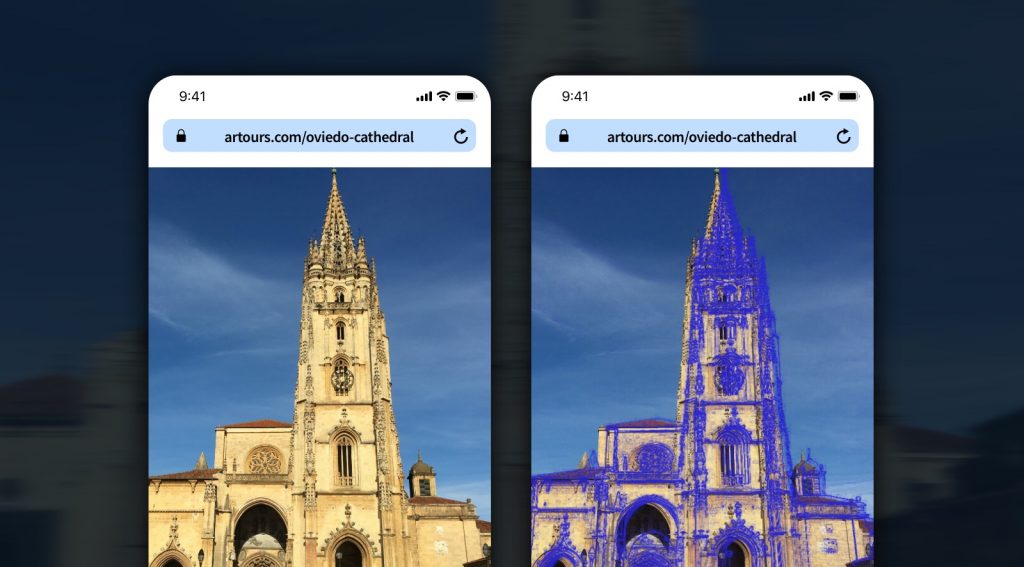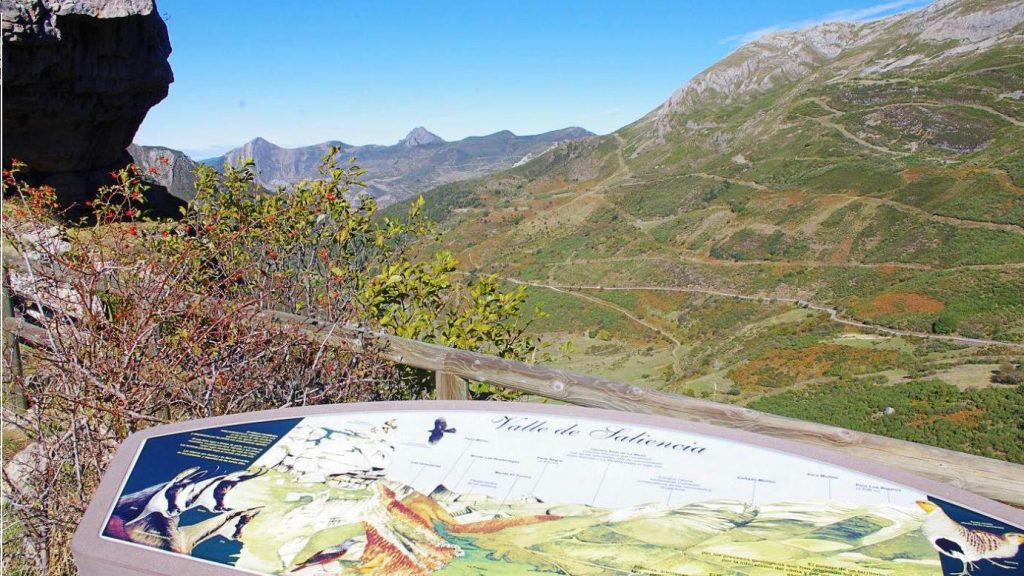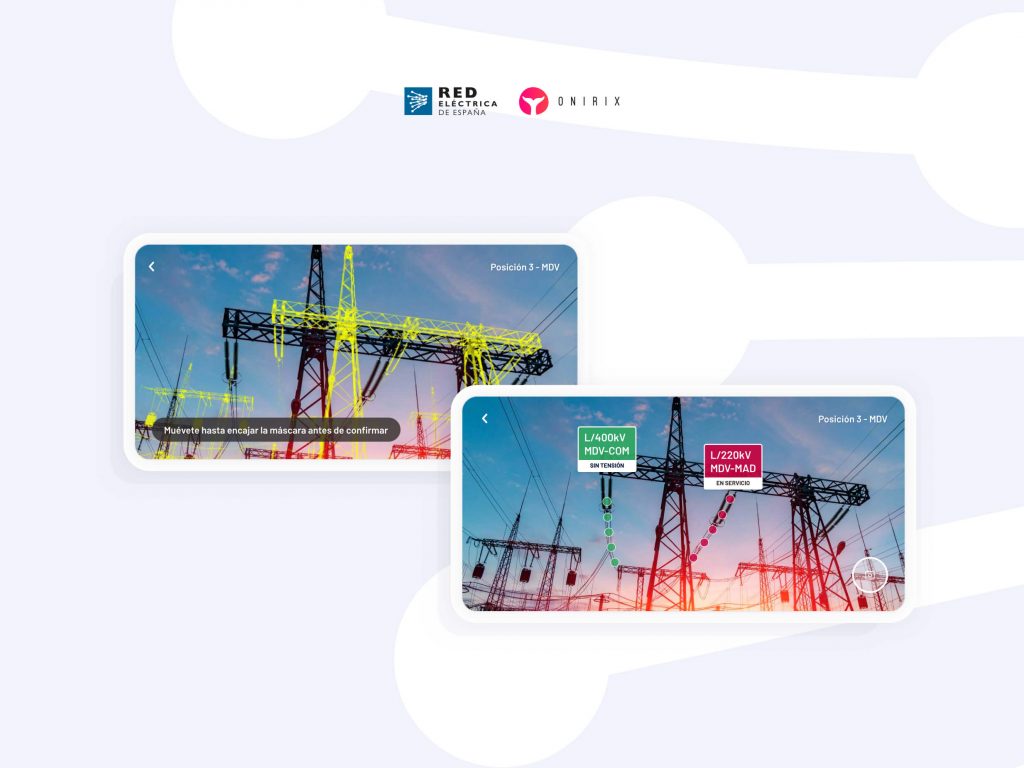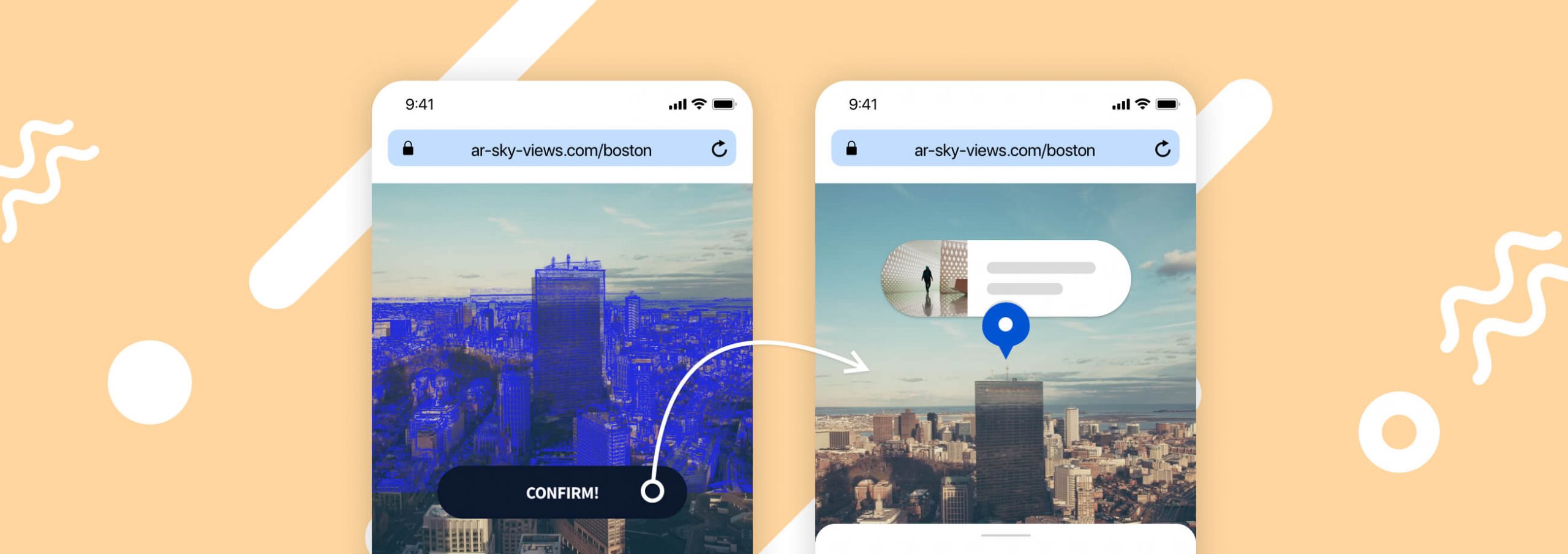WebAR for tourism or marketing with Visual references
Contents
Augmented reality is a technology that in many cases requires an image on which to place the content: video, animated 3D scene, etc. This image is what is called an experience marker, and it is the image to be recognized and subsequently tracked through the camera.
Sometimes it is very obvious to know which image we have to recognize as users: the cover of a book, a magazine, the label of a bottle, a movie poster, etc.
At other times this is not so obvious, since the experience takes place in a less limited environment. For these cases, from Onirix we introduce the term of Visual Reference. These more “open” environments can be a panoramic view from the top of a mountain, on a tourist route; the facade of an emblematic building, a sculpture of your city; or even in an industrial environment, an electrical installation, or public work in an open field.
The need for visual reference in these environments is provided as a guide for the user, basically because there could be countless possible positions from which to recognize the marker in question. That is why the user would not know exactly where the content could be viewed from, and that is where a visual clue is provided.


Imagine, for example, the facade of a cathedral. The content is prepared to be consumed from its front part, but a user could reach the destination from one of its wings, and try to launch the experience from the wrong position, not being able to recognize the image.
The visual reference provides an outline that the user must fit into the real world, to trigger the augmented reality experience in an ideal way.
Panoramic augmented reality: the digitized information poster
These types of references are a very useful element for mainly tourist experiences, where there is a wide range of vision. Thanks to these visual references, the user can have an approximation from which they are expected to consume the content, and the relevant information is placed on this reference. It would be the digital counterpart of the posters that can be found in any viewpoint today, but in this case, they are posters that can be updated in real-time, and that are not affected by the weather.


In these cases, it is possible to provide an essential clue so that the user can trigger the action, and thus have an experience as transparent as possible. In the following video, you can see an example of the use of this technology from a panoramic perspective of the city of Oviedo, and locate the same cathedral that was seen in the previous example.
Why augmented reality web? How it affects sectors such as tourism.
Augmented reality in web browsers, or webAR, is the evolution of this technology towards a much more widespread and standardized use. Everyone has a mobile phone, and those phones always include at least one web browser. Thanks to this improvement, it is therefore achieved that the user does not have to download a specific app for each possible experience that he wants to consume.
This, in tourism, for example, is crucial. Until recently, each city council, each company, or each tourist entity that wanted to set up an experience of this type had to develop its own app. They also had to advertise it, and make the end-user see its value, so that they download it, and add it to all the apps on their phone. This process generates a lot of friction, especially in volatile or short-lived apps (they are only used when the visit is going to take place).
By contrast, with webAR you can share an experience directly: through a web link. It can also be launched from a QR, placed next to any tourist element. And obviously, the experience in question can coexist within the rest of the entity’s information: links on its website, with a QR on its tourist maps, on its social networks, etc.
Less friction, more ability to share, more use, and therefore, more knowledge of the tourist.
Differences of light, environment, weather: real-time marker
In addition, within the concept of visual references the generation of the marker in real-time is included, that is, taking a photograph of what the user himself is seeing at that moment.
This photograph is the image that will be used later to recognize the environment and do the tracking. With this, Onirix tries to adapt to the differences in the visual conditions experienced by the user. This is especially useful for experiences that could be consumed at different times of the day, in different seasons, or weather changes.
Application in industrial environments and security protocols
A very understandable application of this concept takes place in industrial environments, such as large-scale electrical installations. Thanks to this system, an operator can check, in an agile and fast way, if an installation on which he has to act carries an electrical risk.


This is one of the cases that Onirix is developing together with Elewit and Red Eléctrica de España. With this system, an extra security protocol is provided, which makes it possible for operators to proceed in a safer way in their day-to-day tasks.
More extensive information on this case can be obtained at this link.
If you are thinking of using augmented reality for a marketing campaign in open spaces, skylines of a city, for industrial environments such as monitoring of works, or tell stories about emblematic points of an urban or rural environment, without a doubt, these visual references adapted to web browsers can be the perfect solution for your project.


